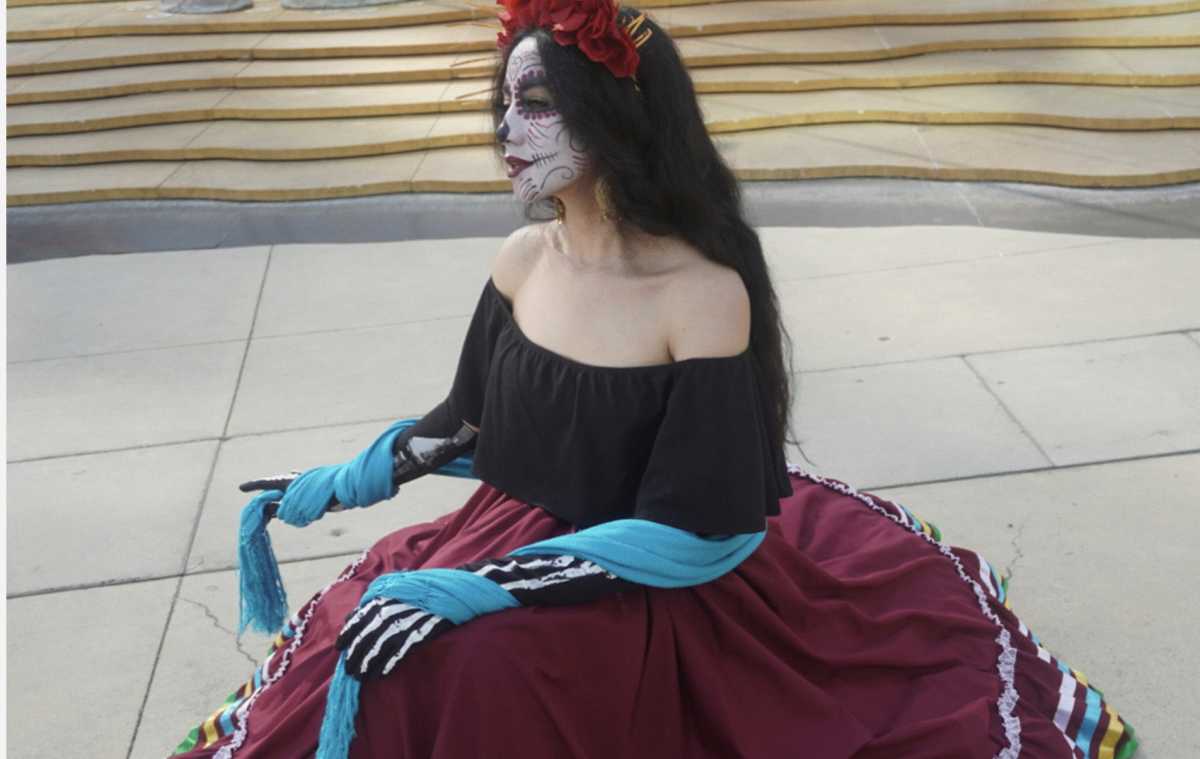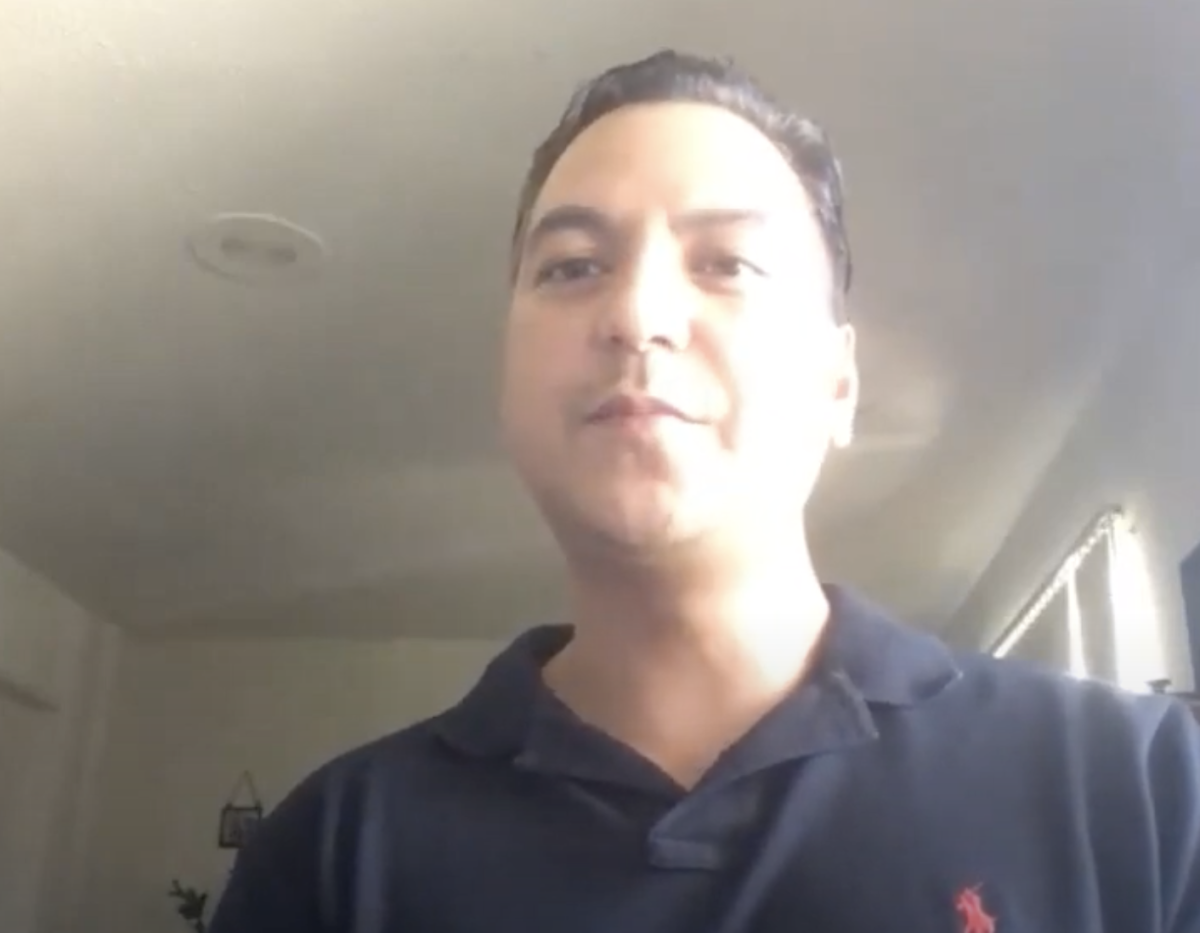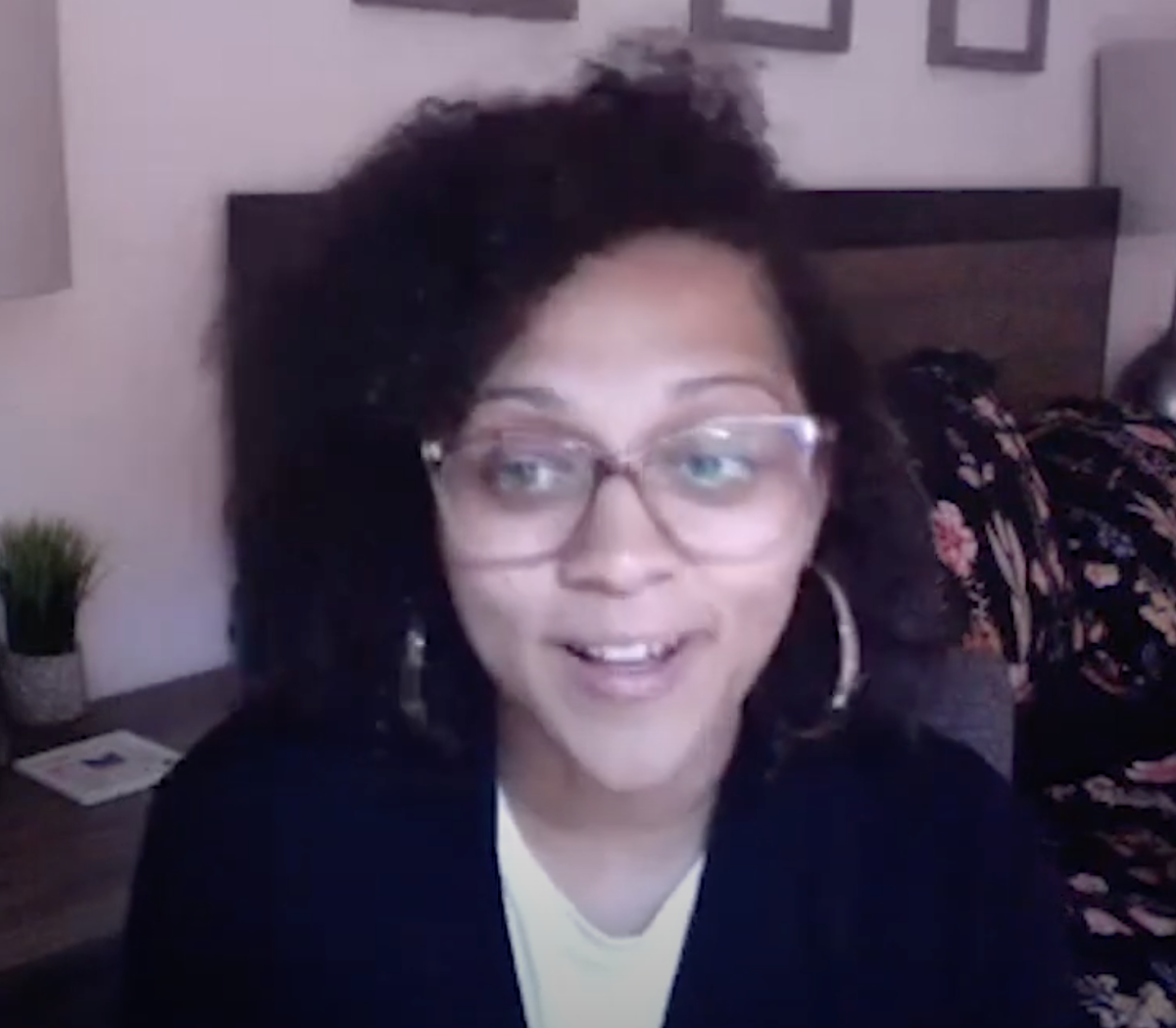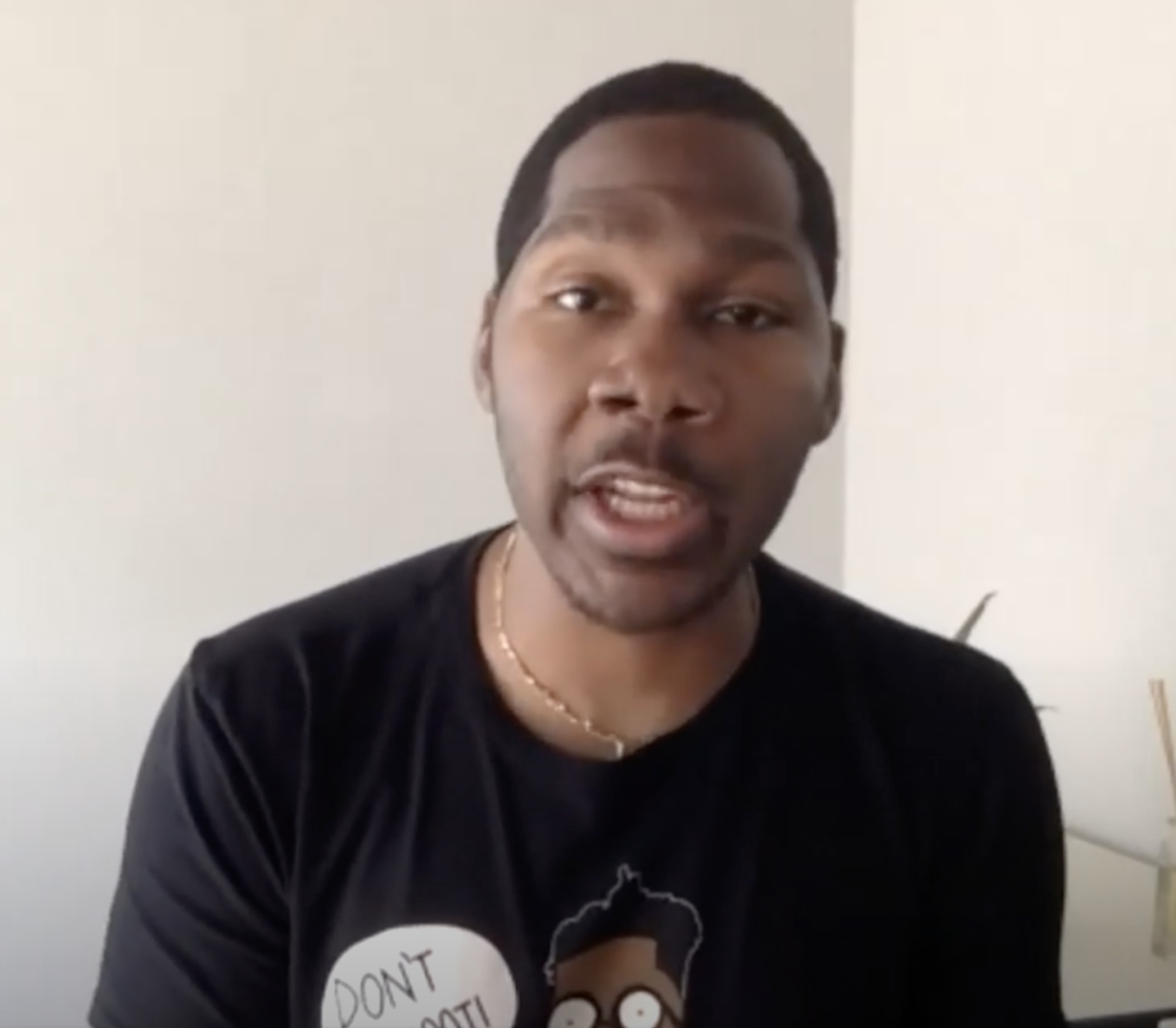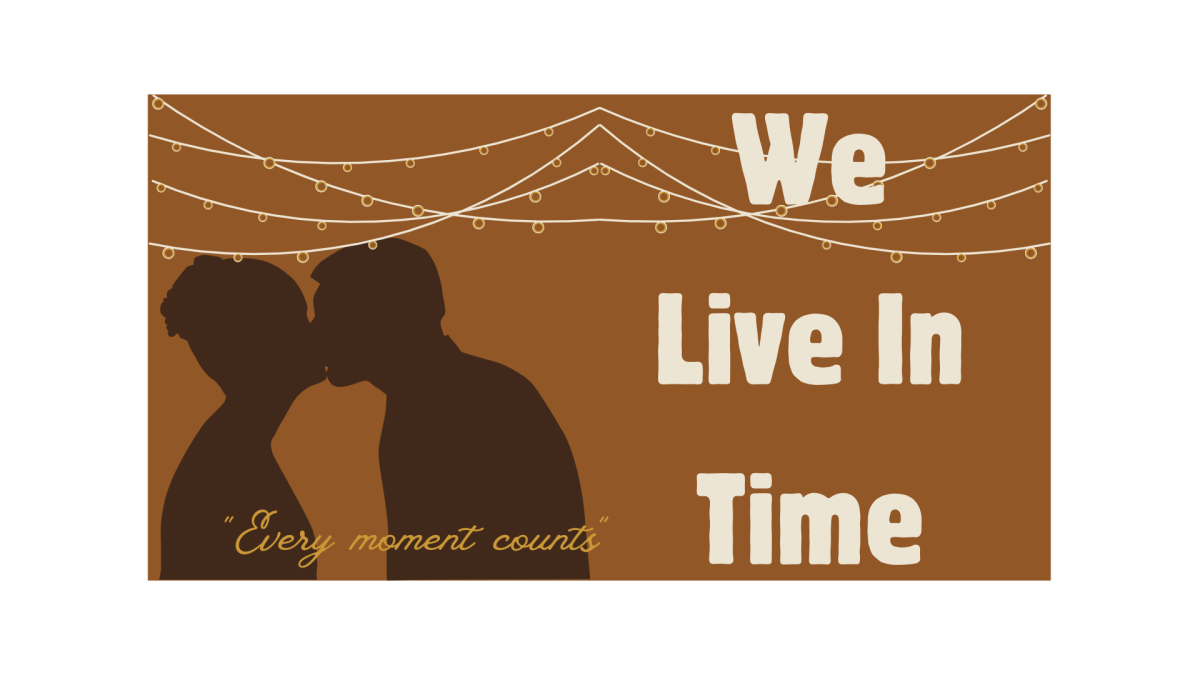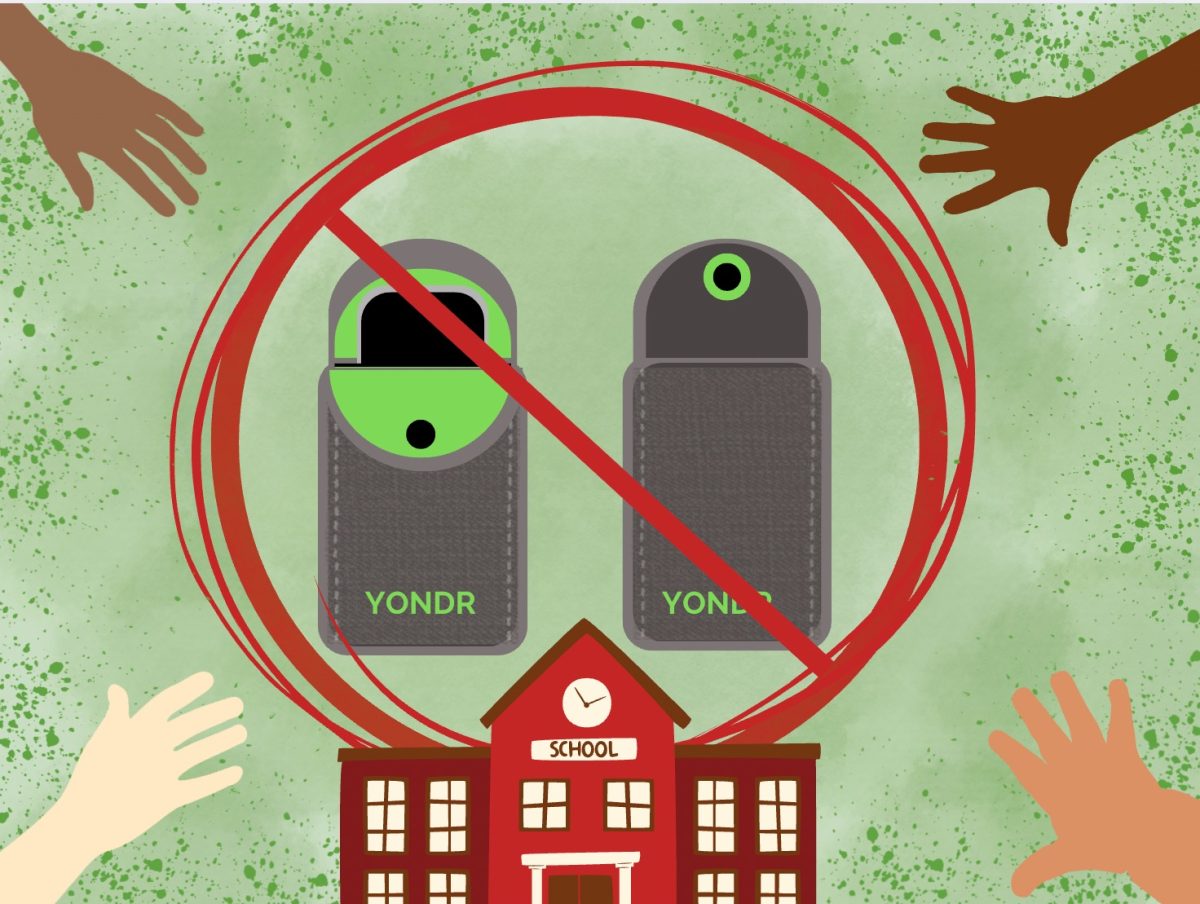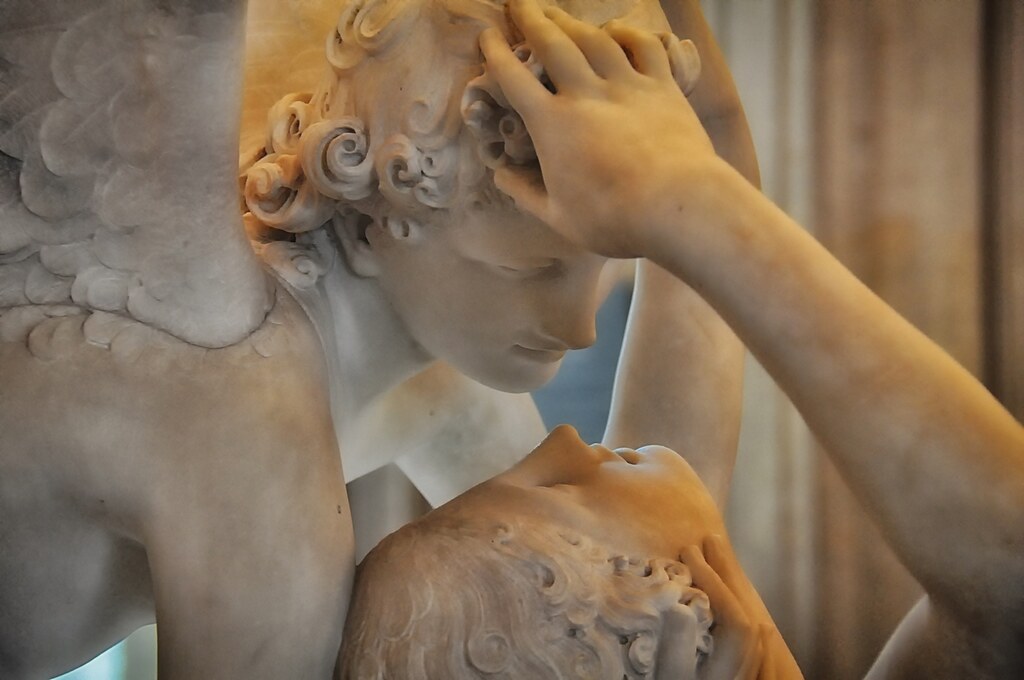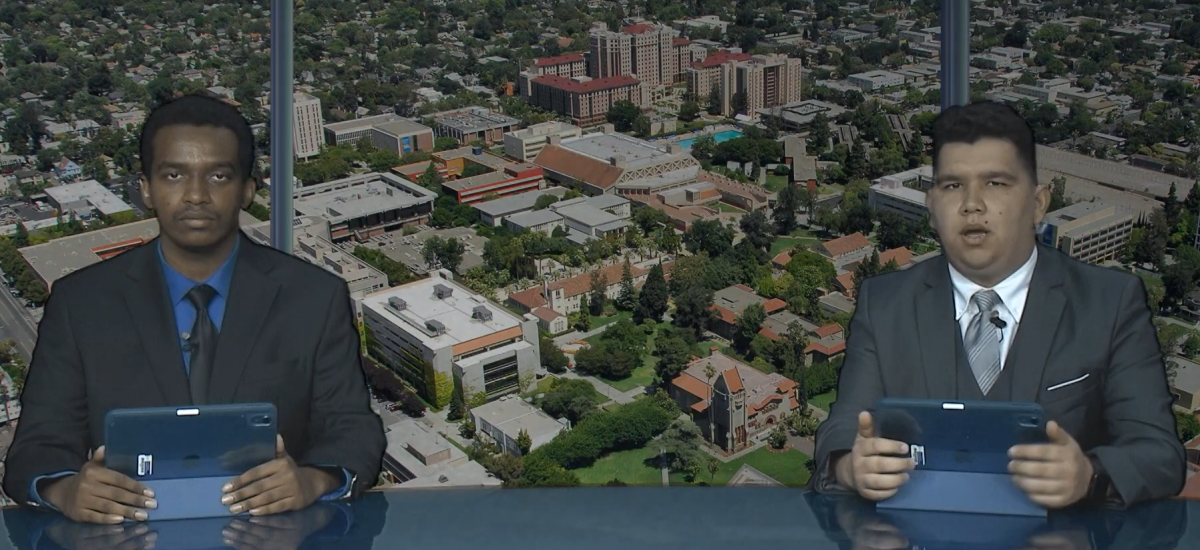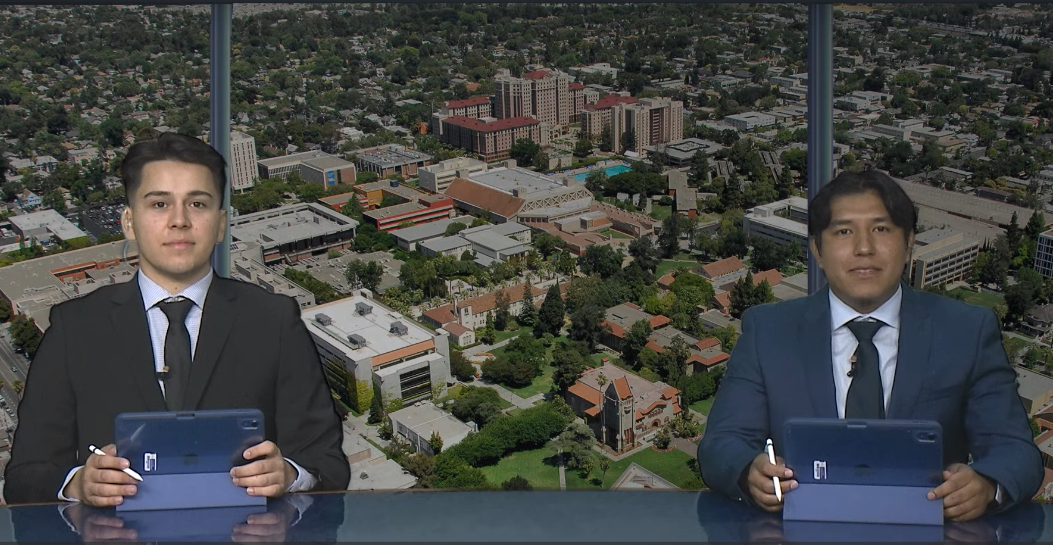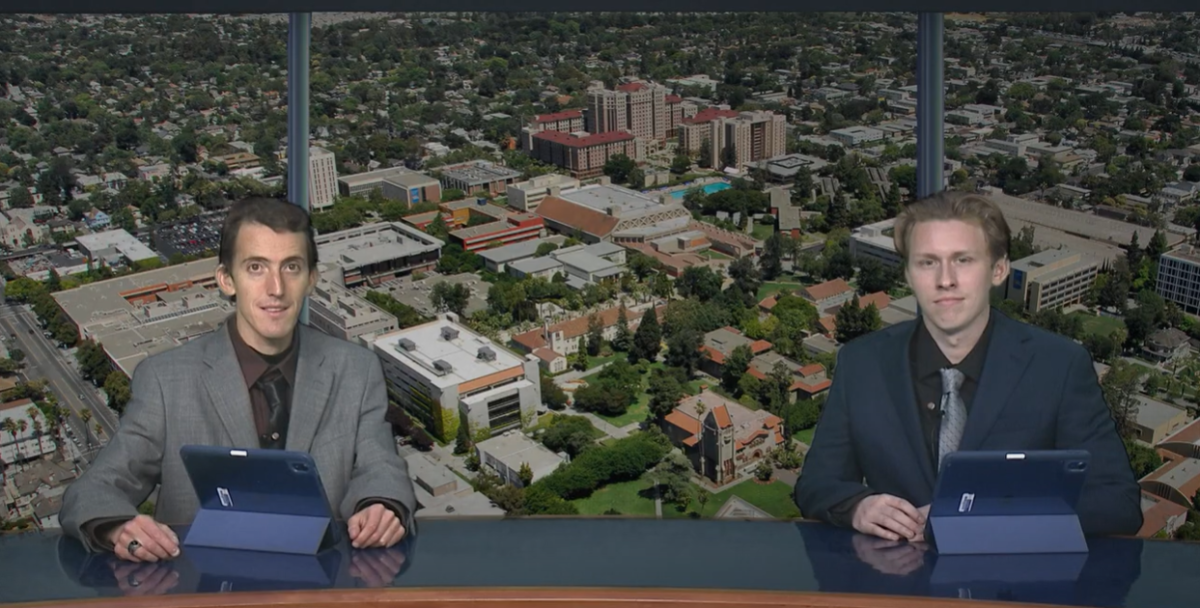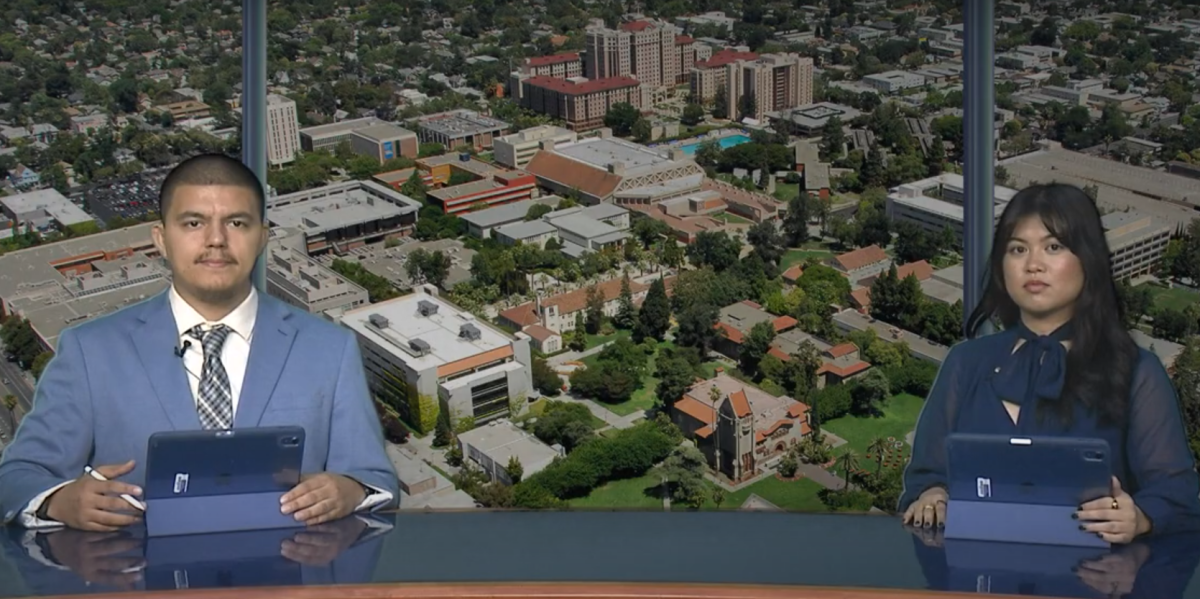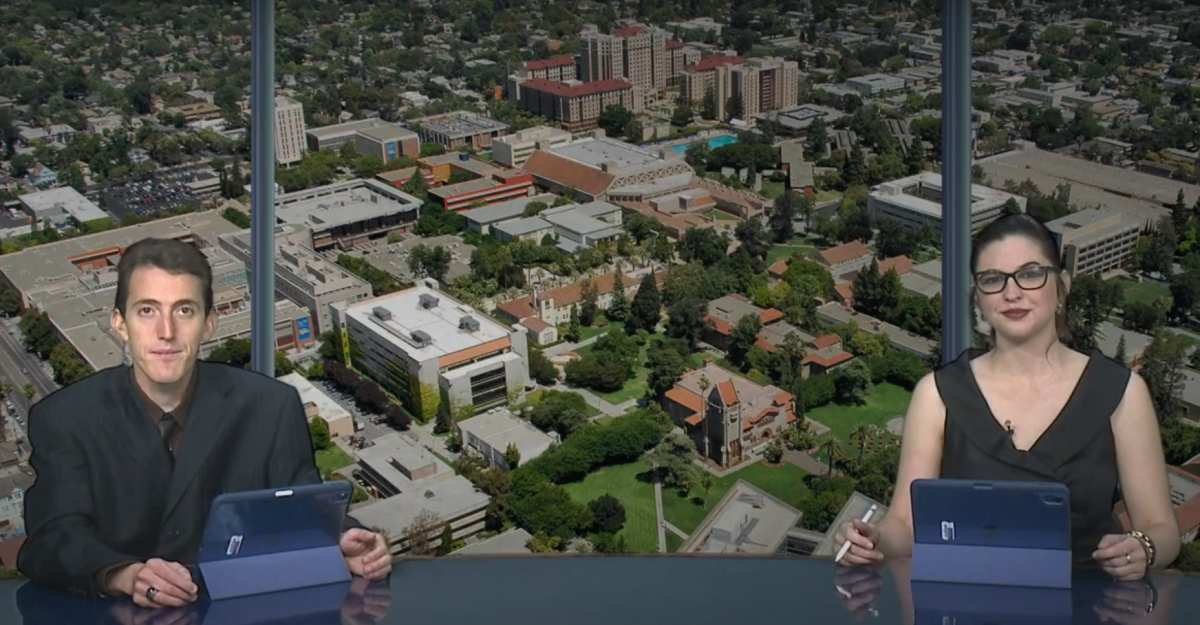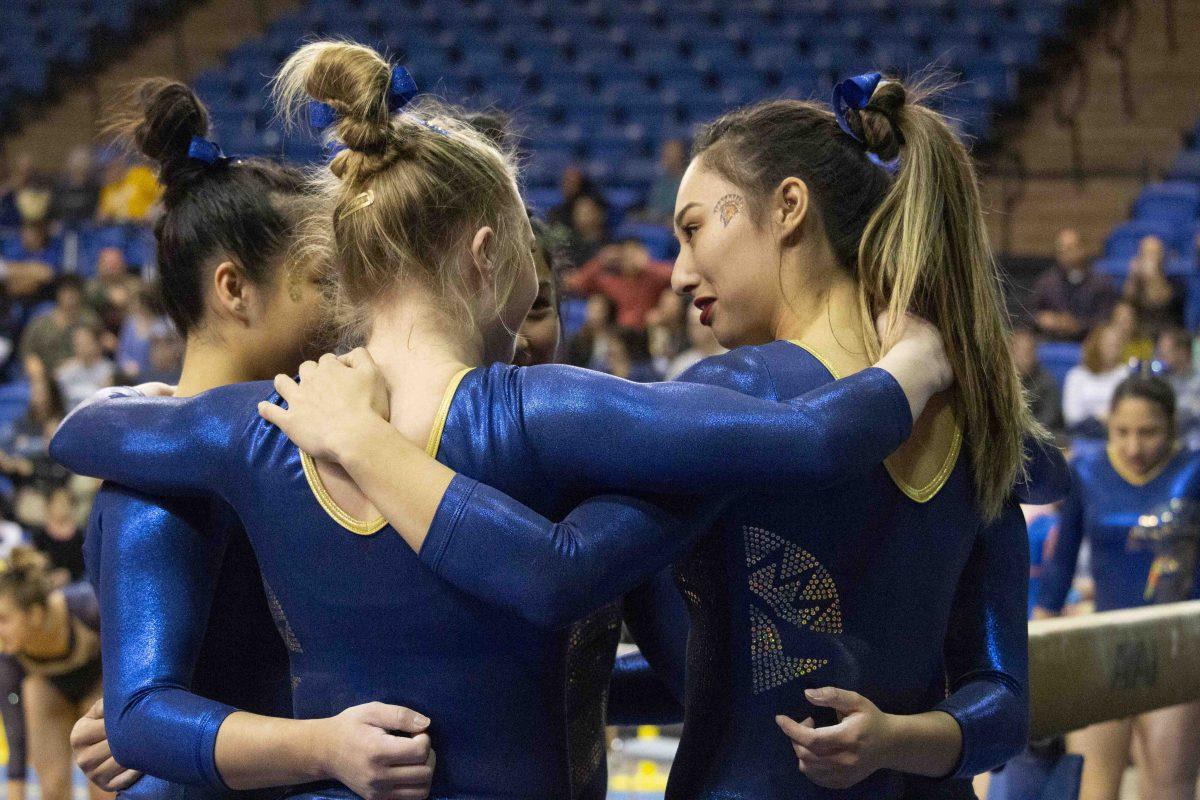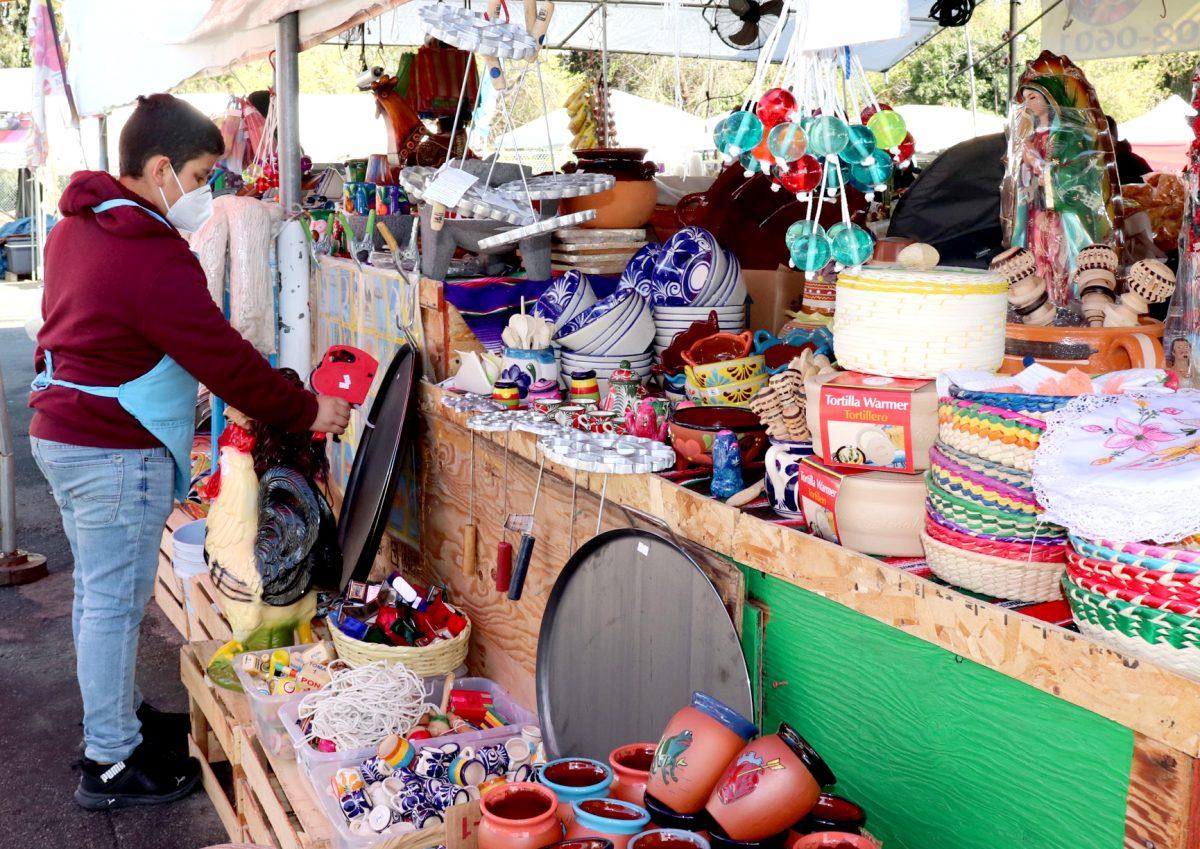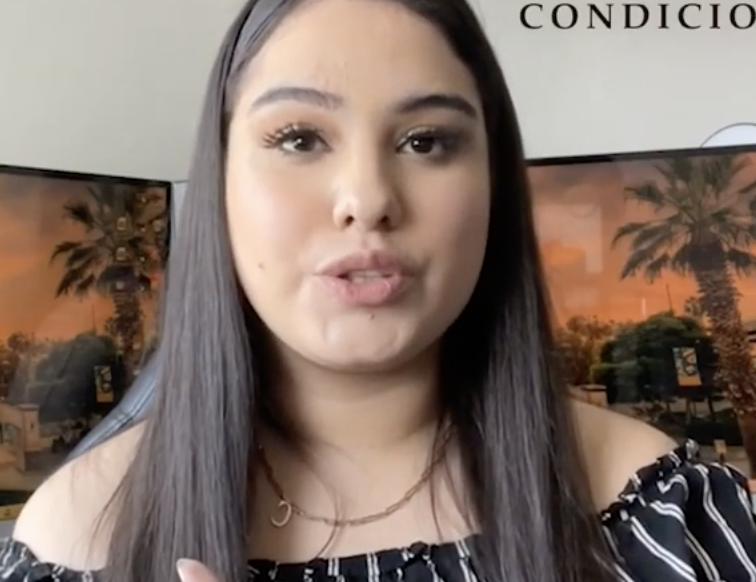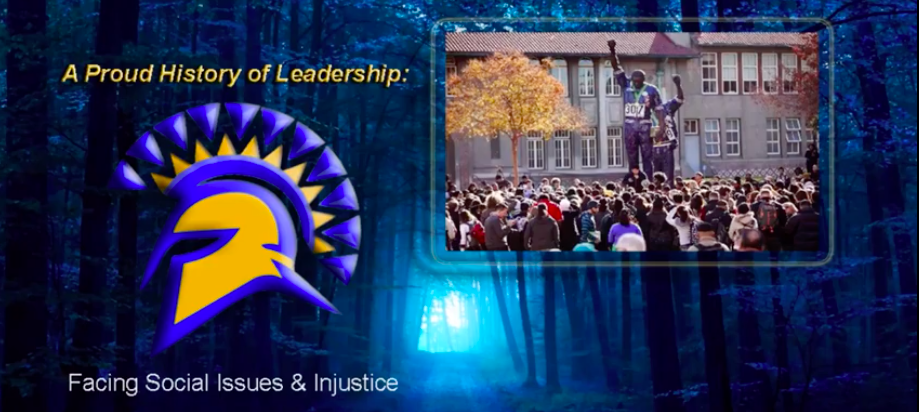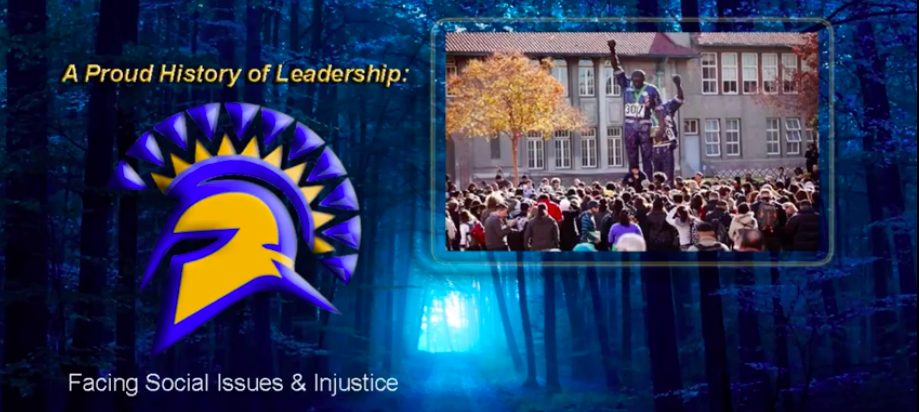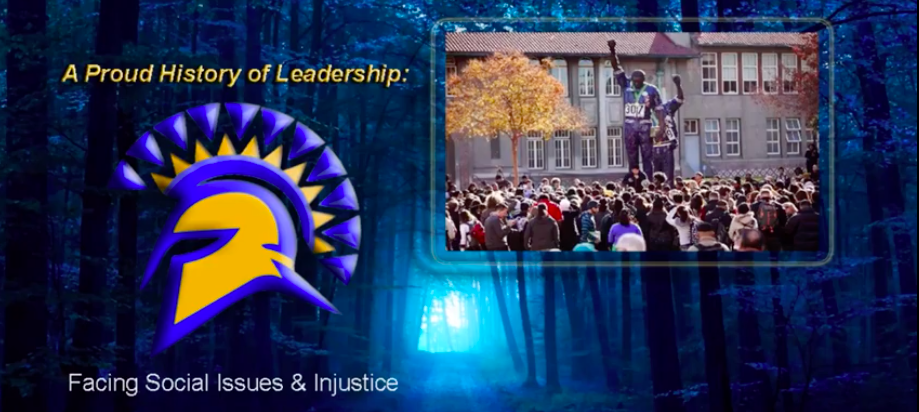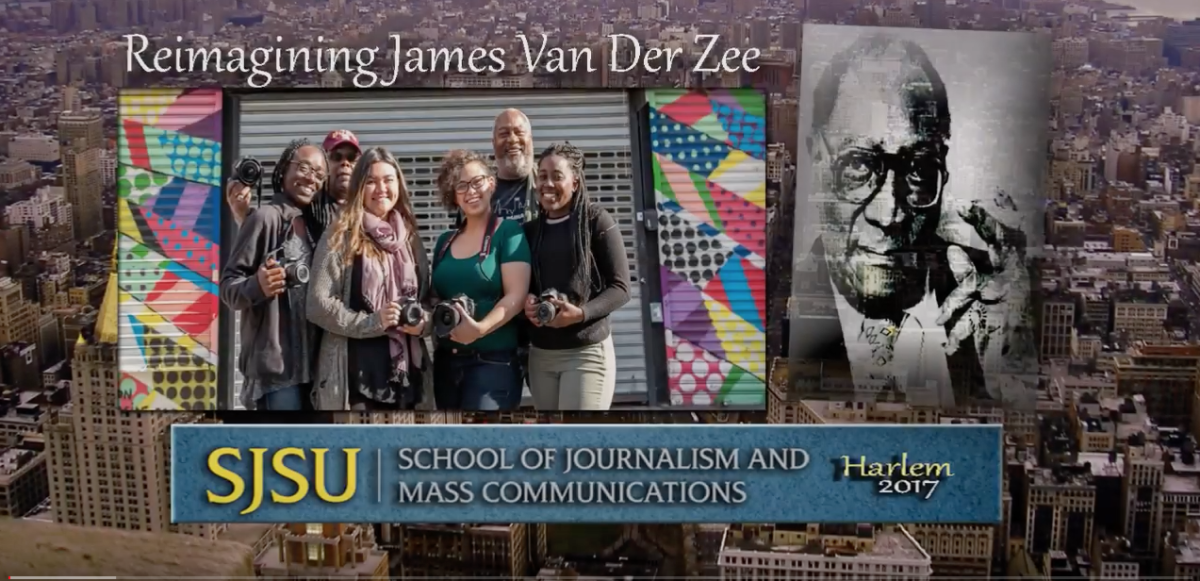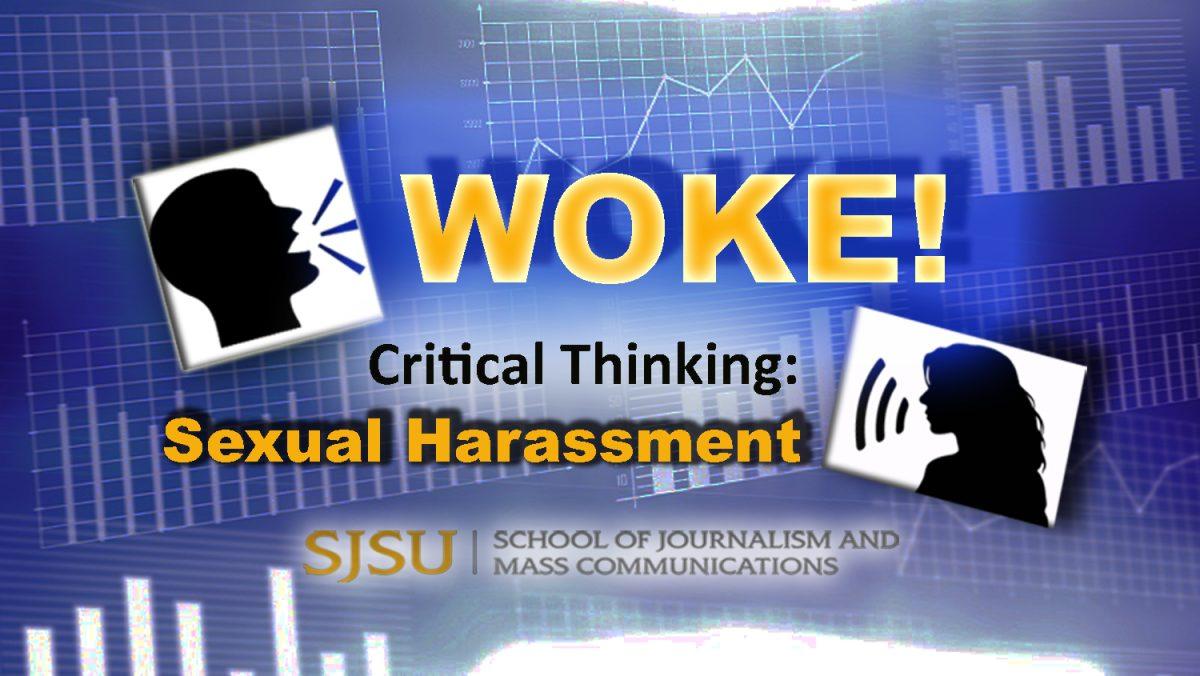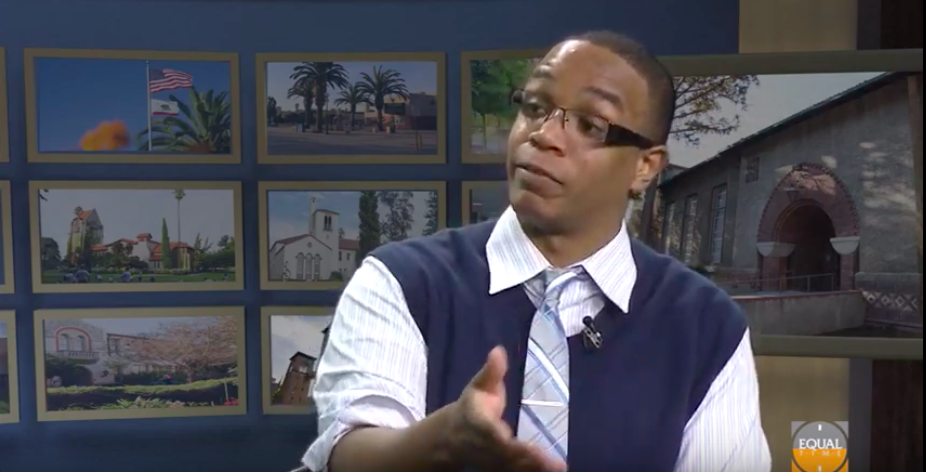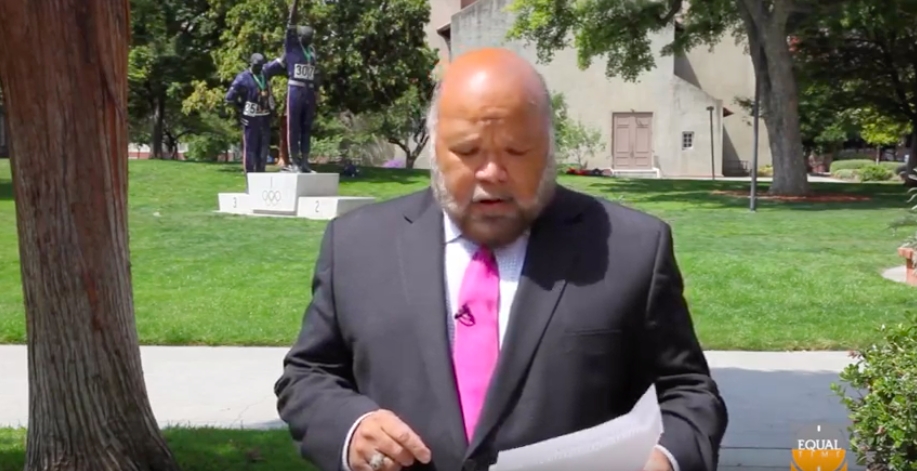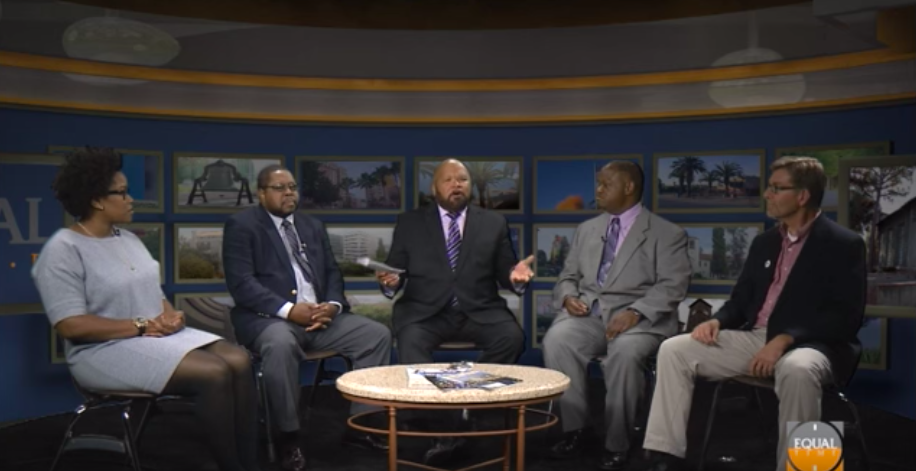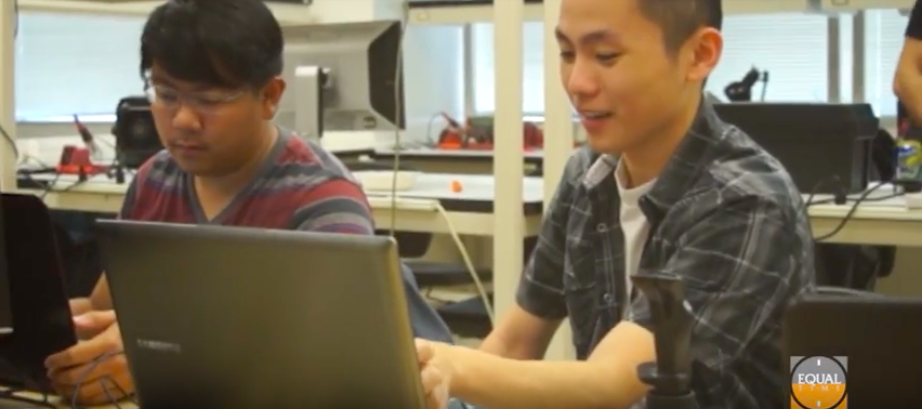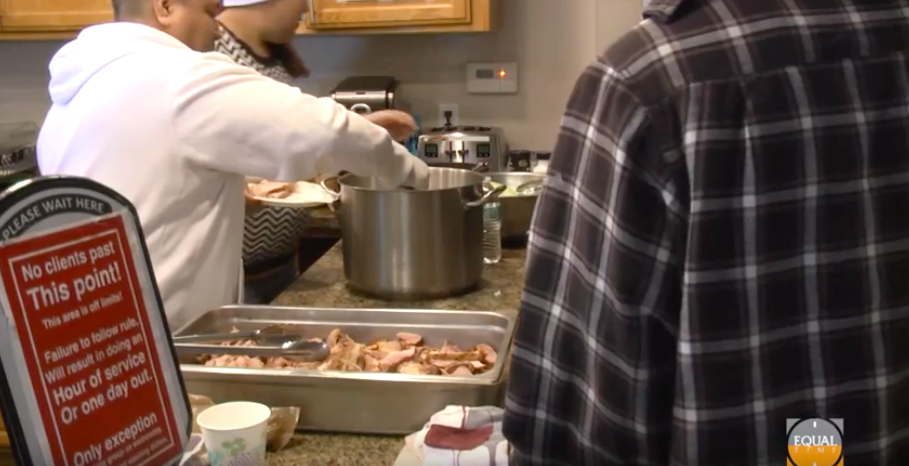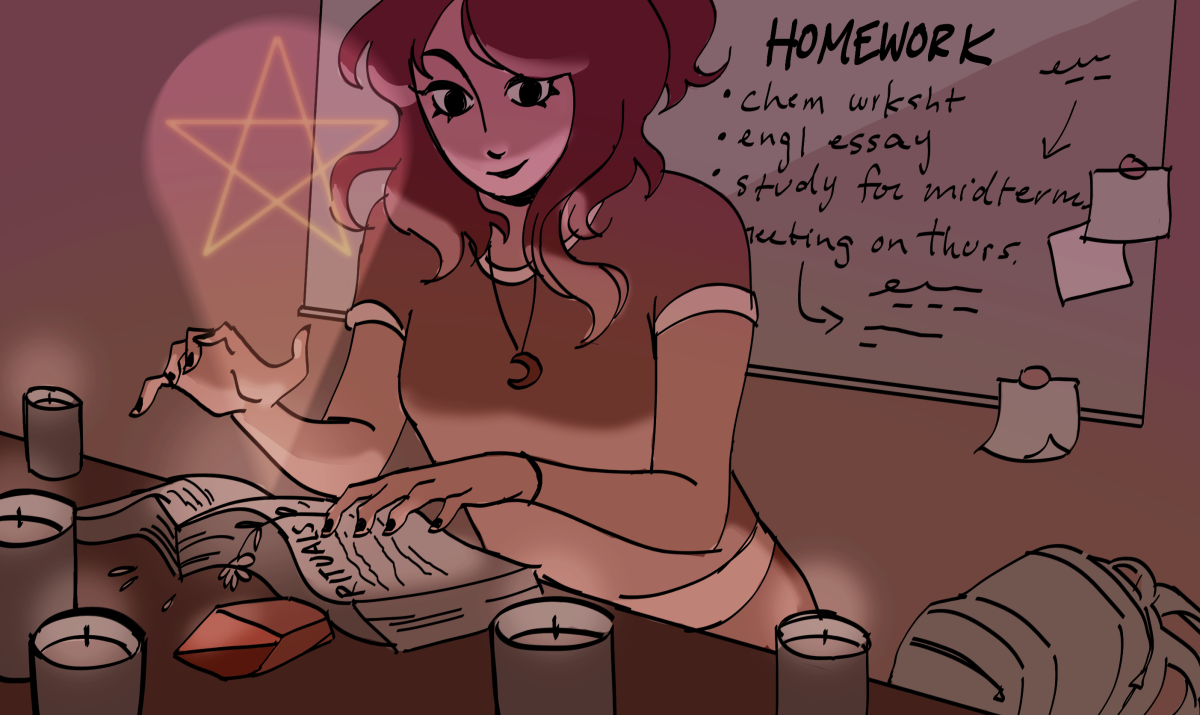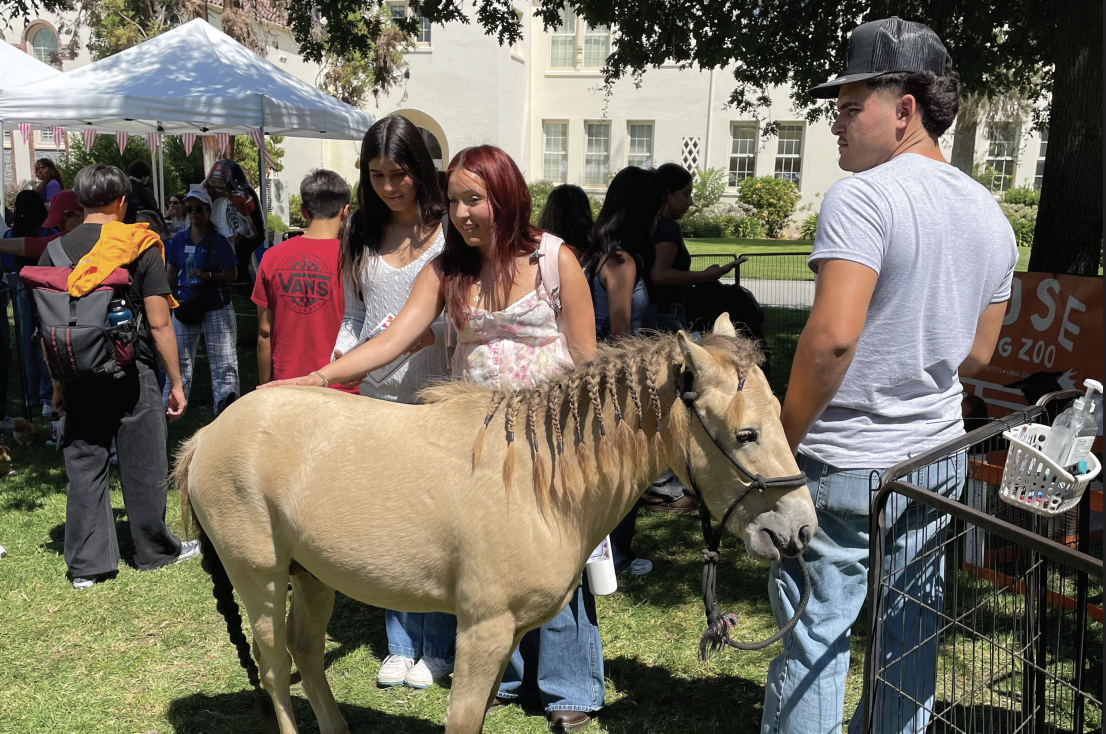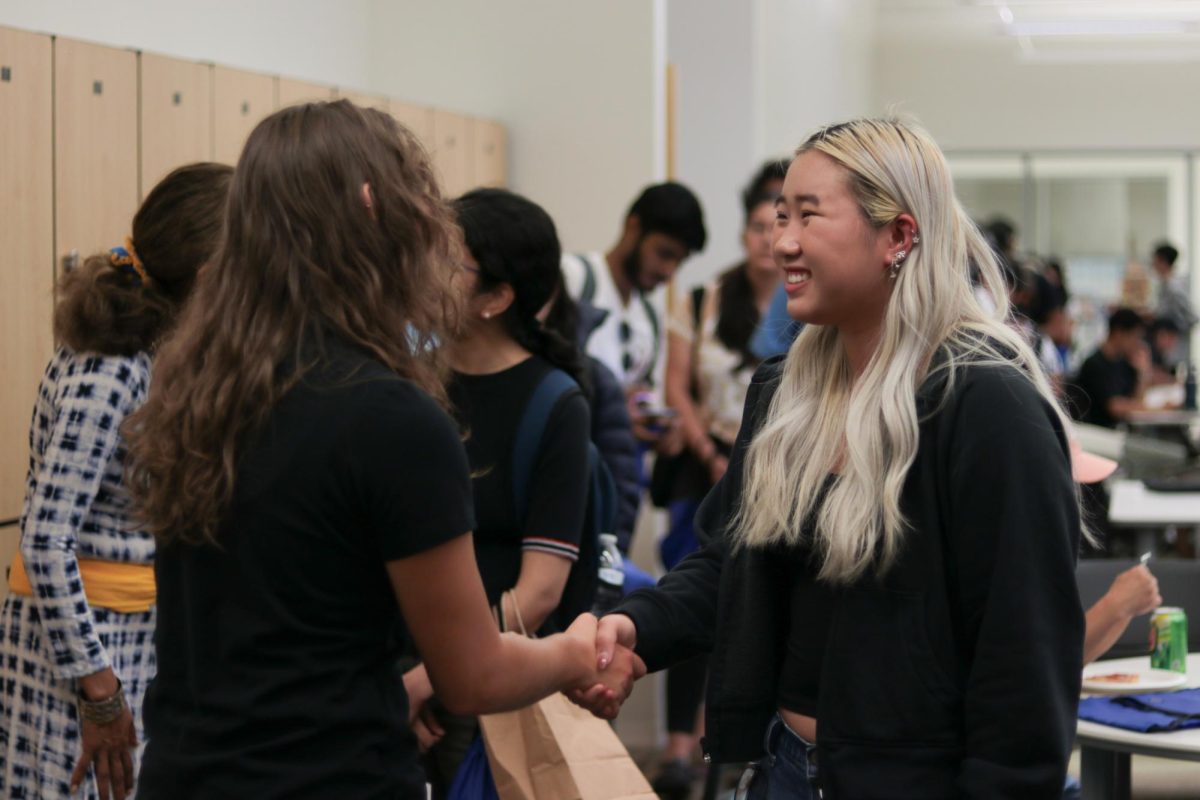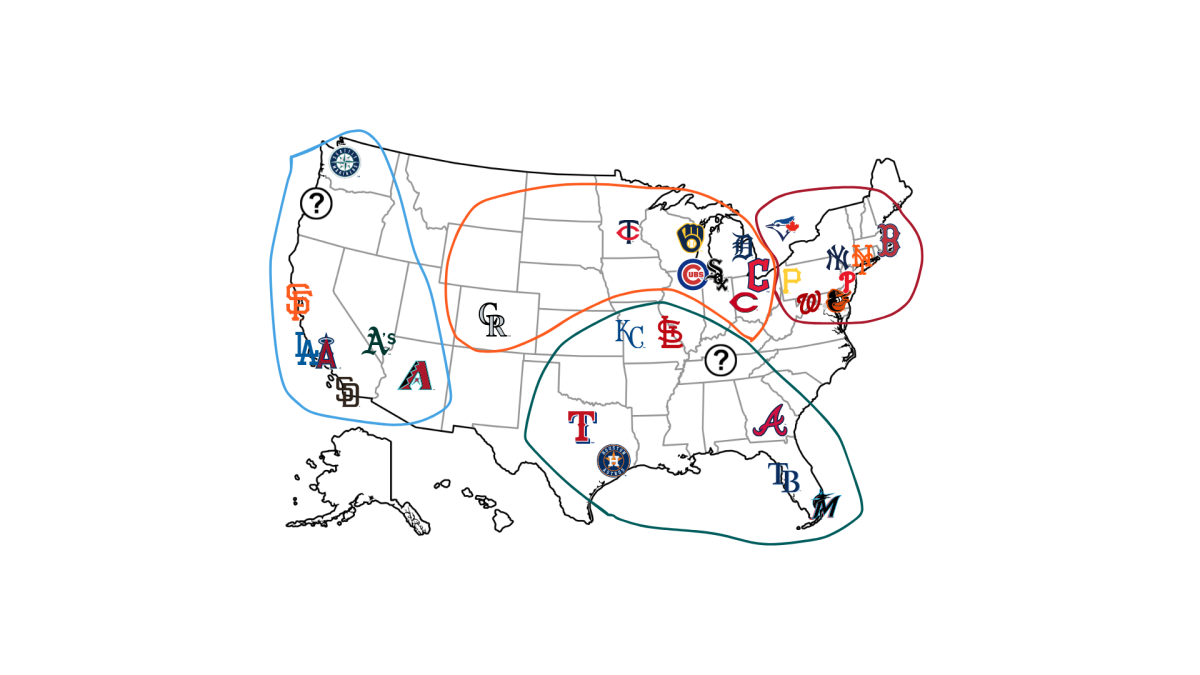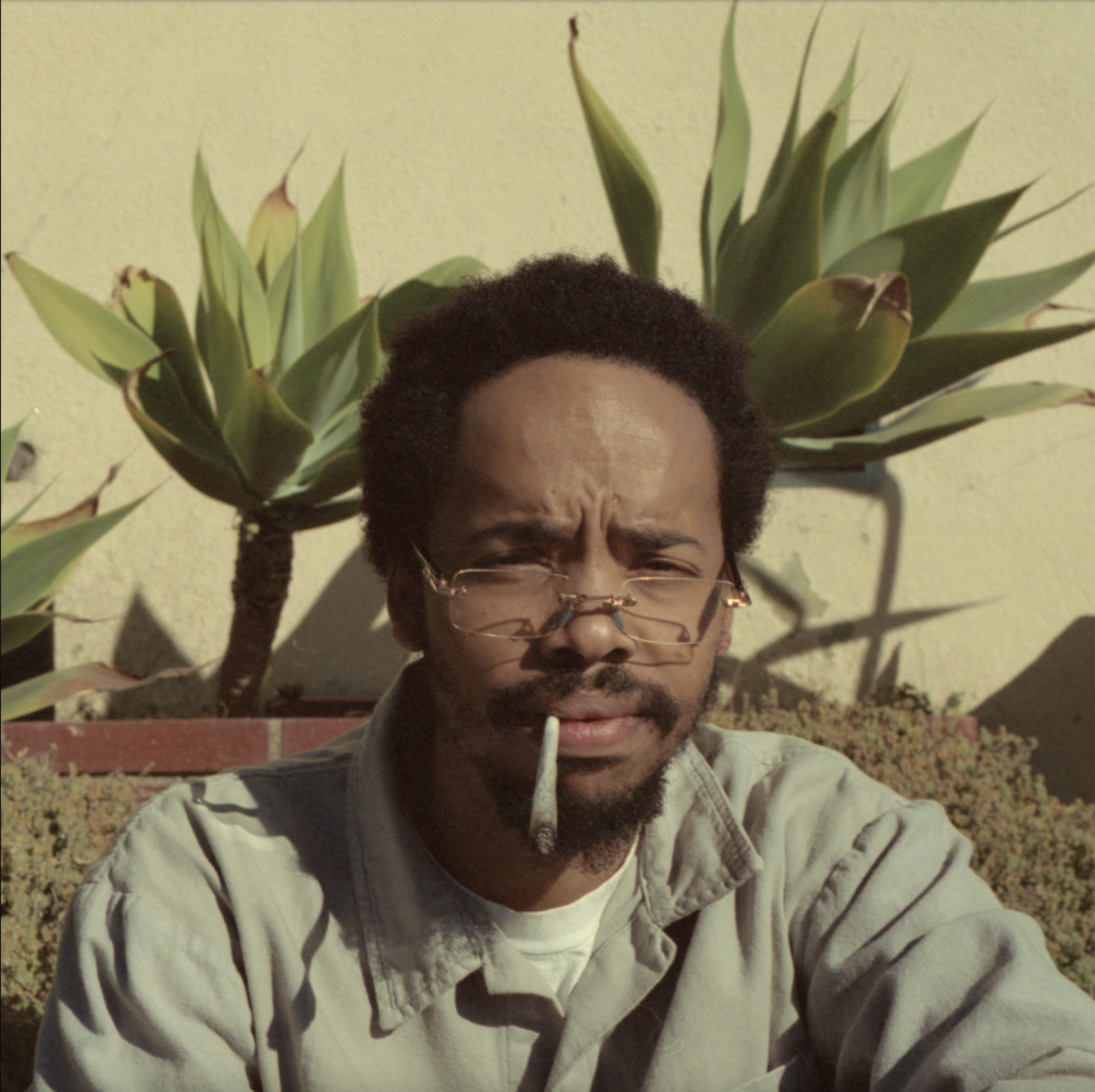While many may envision an older woman hunched over a burbling, bubbling cauldron when they hear the term “witch,” several San Jose State community members are breaking the preconceived witch-shaped mould.
English ‘20 alumna Gabrielle LaFrank said she’s felt compelled to witchcraft since she concocted potions in her childhood home.
“It really began as what I thought were childhood games: playing witch and mixing spells out of stuff in the kitchen,” LaFrank said in a phone call. “As I grew older . . . I began doing that in different ways and it became little rituals, little ways of connecting with the natural world. It became more than pretend.”
LaFrank said as she’s been mindfully practicing for more than five years, she considers herself an eclectic and hereditary witch whose practice is influenced by nature.
Humanities lecturer Lee Gilmore described eclectic witchcraft as an individualized witchcraft practice.
“When people say they’re an eclectic witch, that usually means they use whatever works [for them],” said Gilmore, who specializes in the study of ritual and new religious movements, in a Zoom call. “[They] take a little bit of this and a little bit of that.”
LaFrank said while she was private about being a witch early in her practice, she’s recently become more open about her beliefs because of witchcraft’s rise in media, especially on TikTok or “WitchTok.”
WitchTok is a niche section of the video-sharing app that revolves around magic and witchcraft.
The hashtag, #witchtok, alone has amassed more than 19.8 billion views, according to an Oct. 14 USA Today article.
“As more people started talking about witchcraft recently, and it’s become a lot more popular in media, I also felt more open to talk about it and to explore and expand my own practice,” LaFrank said.
Witchcraft forms
Gilmore said a prevalent witchcraft religion is Wicca, which was founded in England by Gerald Gardner, that rose to popularity in the ’50s and arrived in the U.S. in the ’60s.
“[Gardner] was a retired English guy who had been involved in various esoteric, spiritual traditions and took inspiration from those and basically invented Wicca as a religion,” Gilmore said. “And then he wrote a book about it. He popularized it. He pulled a little bit of Western esotericism, he pulled a little bit of Eastern spirituality and a little bit of his own, and a little bit of pre-Christian European religion.”
Western esotericism focuses on the relationship between nature, philosophy, mythology and mysticism, according to The Open Center, a spiritual learning and growth center in New York City.
Glimore said Wicca was one of the many U.S. counterculture movements in the ’60s that became popular with the women’s rights movement.
The women’s rights movement of the ’60s and ’70s was a push for freedom and equal opportunities for women, according to a Nov. 6, 2020 Encyclopedia Britannica article.
“So then [Wicca] becomes a way for women to find a new religious movement, where they can see themselves and see the divine in themselves and the divine as themselves as women,” Gilmore said. “So that becomes another significant influence and sort of how Wicca has evolved here in the United States.”
Gilmore said there are many different types of Wiccan witches including but not limited to those who practice Dianic and Faery Wicca. Dianic Wicca includes the worship of a goddess while Faery Wicca integrates Celtic mythology and works with Faeries and Faery deities.
She also said there are many forms of witchcraft besides Wicca including the Asatru tradition and Hermeticism.
The Asatru tradition includes the worship of multiple gods and Hermeticism includes spiritualism and the occult, according to an April 22, 2013 Encyclopedia Britannica article.
The occult includes matters regarded as involving action or influence of supernatural or supernormal powers or some secret knowledge of them, according to Merriam-Webster.
In her eclectic practice, LaFrank said she integrates Wiccan Sabbaths, ancestral work and elements and nature.
Witch and Wiccan Sabbaths are seasonal celebrations that occur during summer and fall equinoxes and spring and winter solstices, according to the Harvard Pluralism Project website.
The Pluralism Project includes a team of religious researchers who study interfaith connections and religious diversity, according to its website.
“I think [Sabbaths] are really what kind of drive me, the seasonality of the craft and what I use,” LaFrank said. “So lately I’ve been using a lot of fall materials, things I find outside like branches, leaves, pine cones.”
She said she also integrates candles, incense and the moon into her practice.
LaFrank described “ancestral work” as remembering ancestors, which she said can be emotional but aids her with her spiritual energy.
“I want to make sure I’m doing everything respectfully, not only just out of respect [for their] spirits but because I loved these people who passed on and it’s like a way of visiting,” LaFrank said. “So it means a lot. It’s very personal and it’s so beautiful.”
Spirituality versus religion
Gilmore said the understanding of spirituality and religion varies from person to person but some witches refer to practices outside of normative religious institutions, including Christianity, as spirituality or spiritualism.
“I think that when people are rejecting a religious institution and seeking something else, they are still looking for something that is an awful lot like what we call religion,” Gilmore said. “They just don’t want to use that term and that label because of negative associations that people sometimes have and negative experiences that people sometimes have within . . . the normative religious institutions.”
LaFrank described her witchcraft form as spiritual but she said she knows many witches whose practices are also religious.
“I think a lot of people believe that witchcraft cannot exist alongside other beliefs and that is totally not true,” LaFrank said. “Most of the witches that I know also very much believe in science . . . or are religious folks in pagan religions and monotheistic religions.”
Pagans are those who follow polytheistic religions, which include multiple gods, and monotheists follow religions with only one God.
Gilmore said however, some “syncretic” religions, which are a blend of different religions together, have been called witchcraft to oppress groups of people.
“The word witchcraft is used to mark a religious tradition as ‘other,’ right, as something that is marked as other that is forbidden,” Gilmore said. “It’s often a way of stigmatizing or stereotyping marginalized peoples.”
She said the term syncretic is problematic because it diminishes the religions in which it’s used to describe.
Vodou and Santeria, religions of African diaspora, are often considered syncretic religions of witchcraft, Gilmore said.
Santeria began in Cuba from enslaved Africans in the 19th century and Vodou was created in Haiti by enslaved Africans in the 16th and 17th centuries, according to Encyclopedia Britannica articles from Aug. 13 and March 22.
Some Santeria practitioners establish communication lines with Roman Catholic saints and deities known as Orishas, according to the March 22 Encyclopedia Britannica article.
Gilmore said Vodou is a monotheistic practice that involves spirits, known as loa, who mediate between a creator God and Vodou followers.
Vodou is usually known in Hollywood as “voodoo” and its folklore is often misconstrued in horror media including zombies in the TV show “The Walking Dead,” she said.
“Sticking pins in voodoo dolls, these are all stereotypes about Vodou that have some loose connection to parts of the folklore and parts of tradition but have nothing to do with the actual practice of Vodou whatever,” Gilmore said.
Despite the various forms of witchcraft, most witches’ practices are very personally based, she said.
“There are so many [witchcraft forms] and it is so eclectic,” Gilmore said. “So much is really individualistic that I cannot give you a list of how many different varieties [of witchcraft] there are or attach a number to it.”
Practice
Dance junior and witch Andres Alas said although he doesn’t practice Santeria himself, he became interested in witchcraft shortly after his grandmother died during his junior year of high school on Jan. 26, 2018.
Alas, who’s identified as a witch for two years, said one of his practices is calling upon his deceased grandmother, who practiced Santeria, and his sister, who died when he was 11 years old, for direction.
“I feel like they offered me a lot of guidance when they were alive,” Alas said. “Even now I feel like I tend to look back on some of their teachings or some of the things that they have just practiced with themselves or like in their personality.”
He said one specific aspect of his grandmother’s personality he channels in his craft is supporting others.
Alas said he shares his practice with others by interpreting their energies with Tarot card readings, which are read in a spread and consist of the minor arcana and the major arcana.
The minor arcana are cards that deal with corporeal matters including business, love and conflict, while the major arcana relates to overarching life issues and spiritual themes, according to an April 7, 2009 Encyclopedia Britannica article.
Alas said much of his practice includes energy work and manifestation.
“One of the biggest goals that I feel like I practice in my witchcraft is really tuning into my sense of self and how I can be really aware of others around me and the energies that come with that,” he said. “I think a lot of people don’t necessarily realize, or it’s just not talked about enough, that energy transfers from people.”
Alas said the biggest thing he’s learned is that the energy a person puts into the universe is the energy to which they’re returned.
LaFrank said while the recent popularization of witchcraft can often portray practices and spells as instant gratification rather than spirituality and manipulating and lifting energy, witchcraft’s reach has grown.
“I know witches who are doctors. I know witches who don’t talk about it. It’s really mind blowing when you realize how widespread [witchcraft] is,” LaFrank said. “You never know who can be a witch.”

